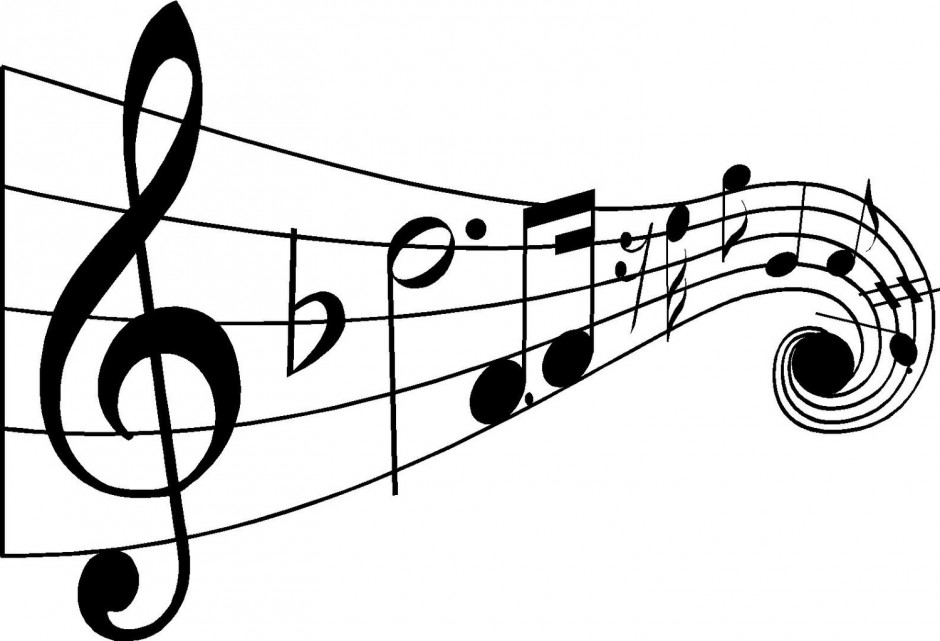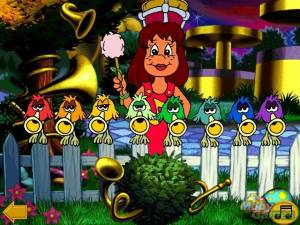Distanced Music Class Activities
/Making music spaced apart from other humans can be tricky. I believe we are made to make music together with others. Over the last year I have had the privilege of working with other music teachers to create excellent music class experiences for young children on Zoom and outside. While sometimes stressful, it has been fun to work out creative ways to help children meet musical goals while having fun!
Color Scavenger Hunt
A color scavenger hunt is fun on Zoom, outside, or distanced inside. You could change the colors to other instruments, objects, or things around the house as well.
You can adapt any song to go with this activity. Here is how I adapted Skip to my Lou for a color scavenger hunt.
“Can you find something blue, can you find something blue, can you find something blue, can you find something blue?
Show me something blue, show me something blue, show me something blue, you found something blue!”
Repeat with another color. I like to go in rainbow order, it helps me organize what I’m going to sing next. With a smaller class I like to sing what each child found on 5-1 (dominant-tonic), “(5)Mary found a blue (1) scarf.”
Large Movement
I have found quite a few songs that are fun large movement/dance songs that allow you to move and stay in a smaller area at the same time. La Marmotteuse is one of my favorites.
Stand up and bounce to the beat for the first 16 beats.
Jump, pat, pat, pat (Do 8 times) 32 beats
Strut (walk) around for 32 beats
Jump, pat, pat, pat (Do 8 times) 32 beats
Strut (walk) around for 32 beats
Jump, pat, pat, pat (Do 8 times) 48 beats
Freeze - tap your toes for the interlude
Run
Freeze
Jump, pat, pat, pat (Do 8 times) 32 beats
Strut (walk) around for 32 beats
Jump, pat, pat, pat (Do 8 times) 32 beats
Strut (walk) around for 32 beats
Stacking to the Beat
In classes where we were able to be close to each other we used to pass an egg shaker or other object around to the beat. Stacking something to the beat is a fun alternative to that activity.
Body Percussion
“Practicing body percussion can lead to improvement in three areas: Physical, as it stimulates awareness of the body, control of movement and muscular strength, coordination and balance; the Mental, as it improves concentration, memory and perception; and Socio-affective, as it helps to build egalitarian relationships and leads to a decrease in anxiety in social interactions.”
Ask children to find their head. Sing Biddy Biddy Bum Bum while patting the beat on your head.
Repeat with shoulders, knees, and toes.
Next start with keeping the beat on your head for the first phrase, move to your shoulders for the second phrase. Move to your knees for the first phrase of the second verse, and toes for the second phrase.
Lastly pat the beat on your head, shoulders, knees, toes to the macrobeat while singing and then try the same to the microbeat (subdivided, or eighth note).
Play Along
The play along is a time for children to choose an instrument to play and explore what they have learned. I intentionally choose a song that will allow children to explore a concept we have worked on in class further. Since stacking blocks to the beat was in this lesson I’m going to choose the Maple Leaf Rag as the play along. It has a great beat to stack blocks to. Any song that has a good beat can be chosen for the play along time. You may be listening to music from different cultures or genres and want to plug that back in during the play along time. This is also a great opportunity for the teacher to observe students rhythmic abilities. I allow preschool students to move in their space while playing their instruments. This helps me assess how they are moving their bodies to the beat as well.


























